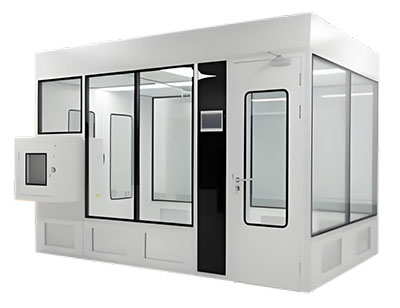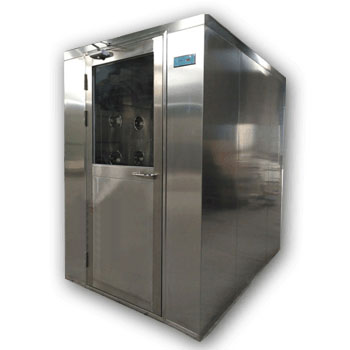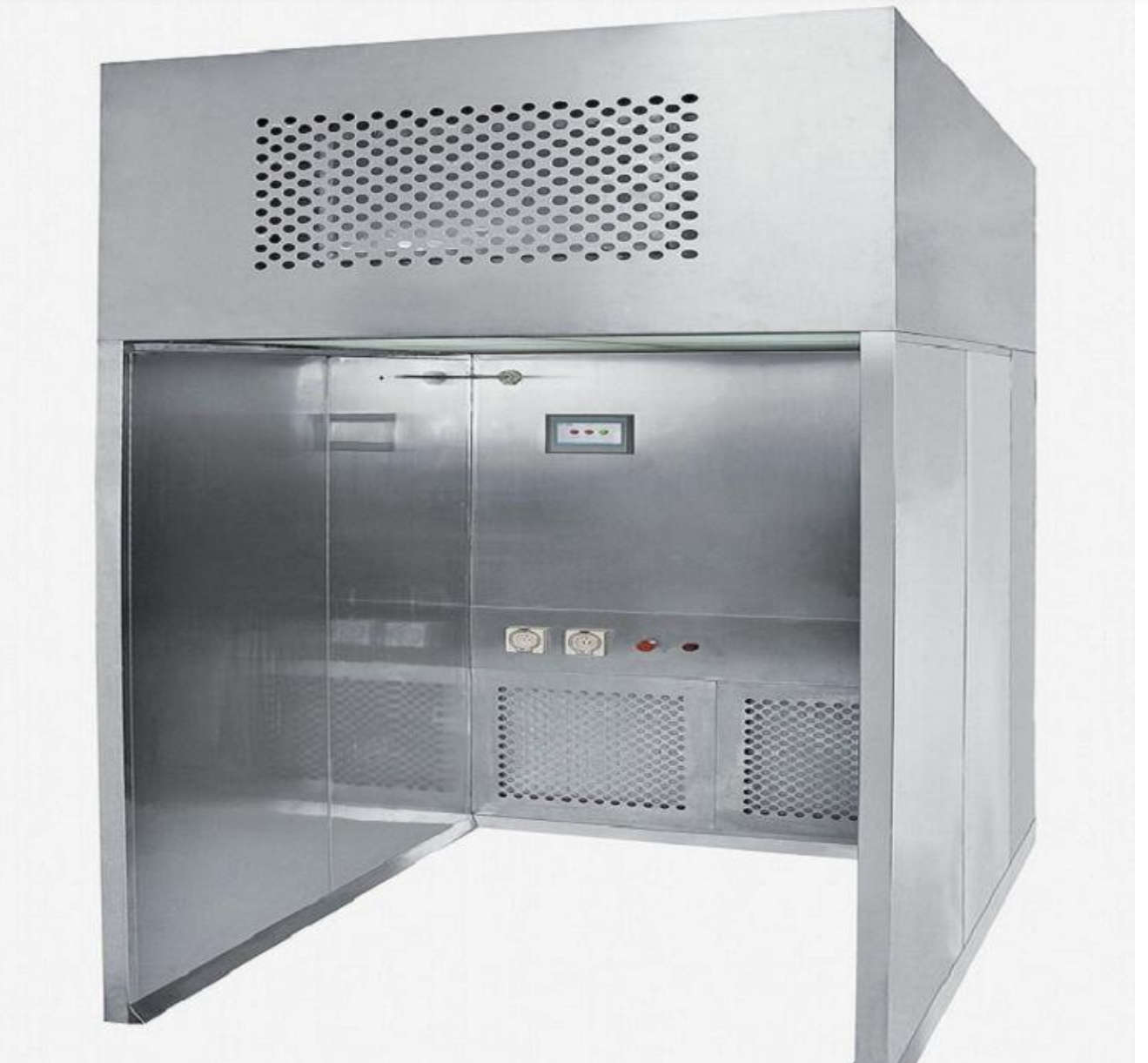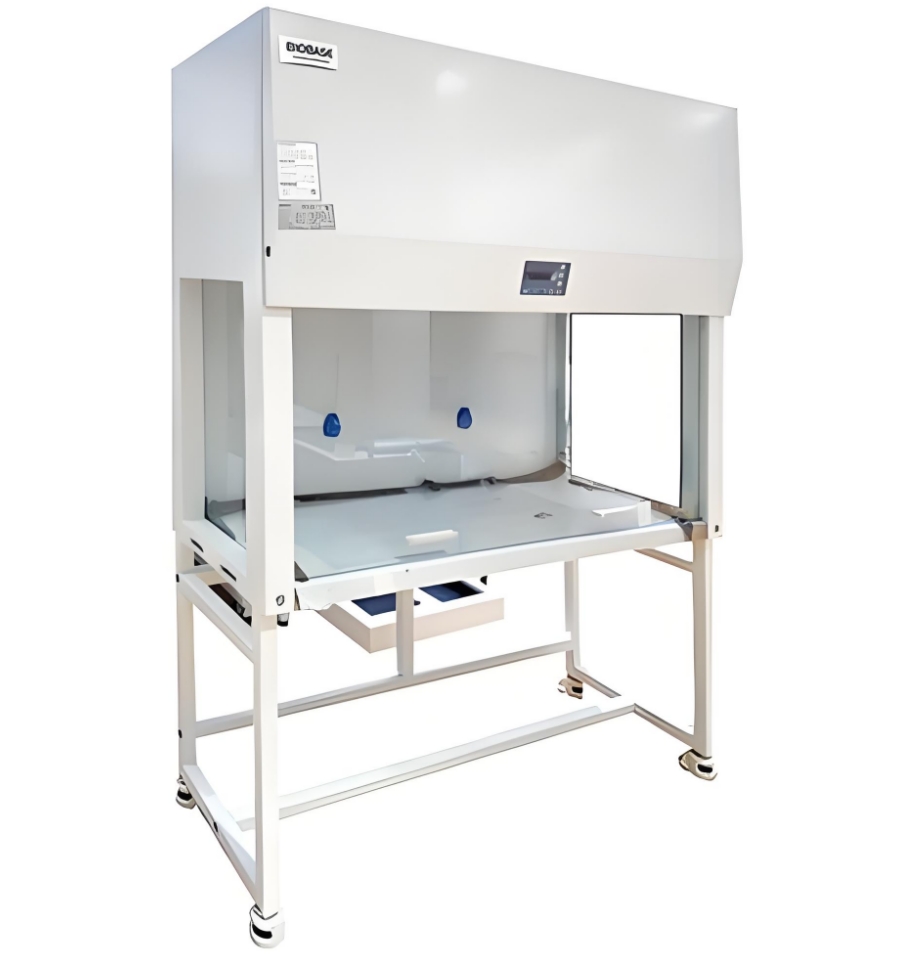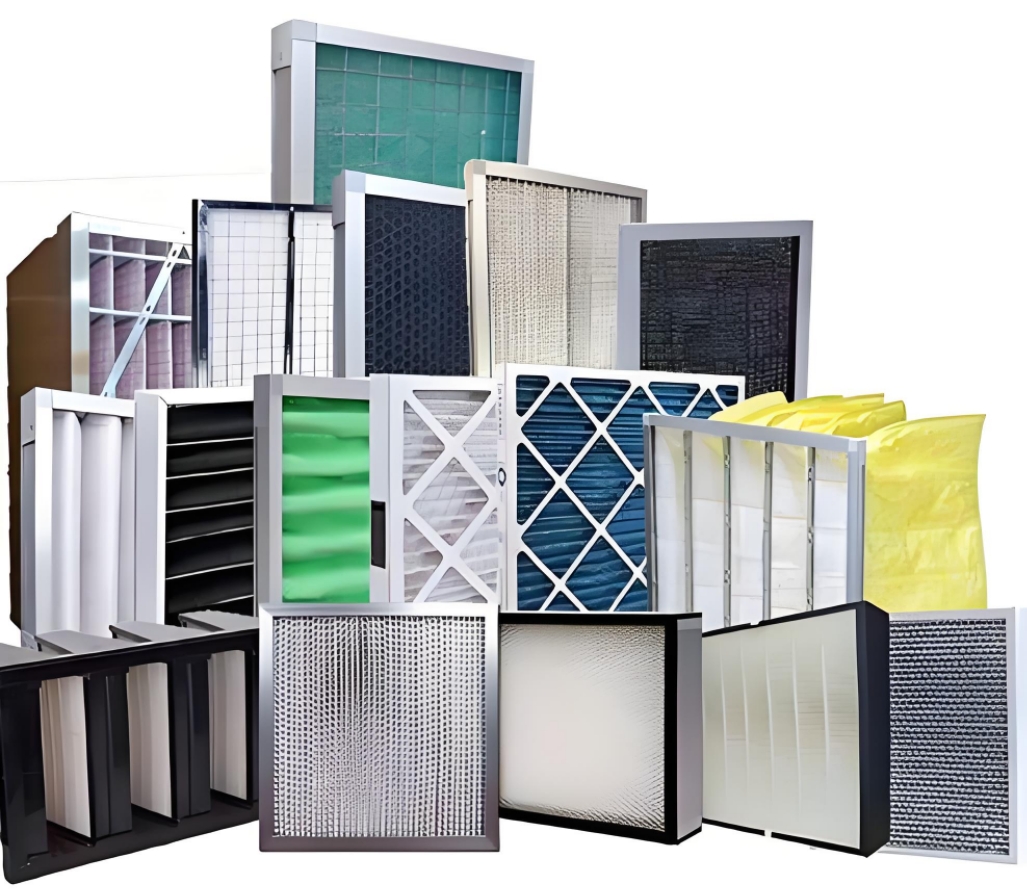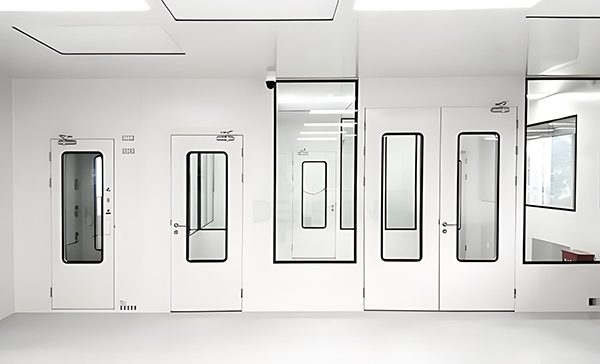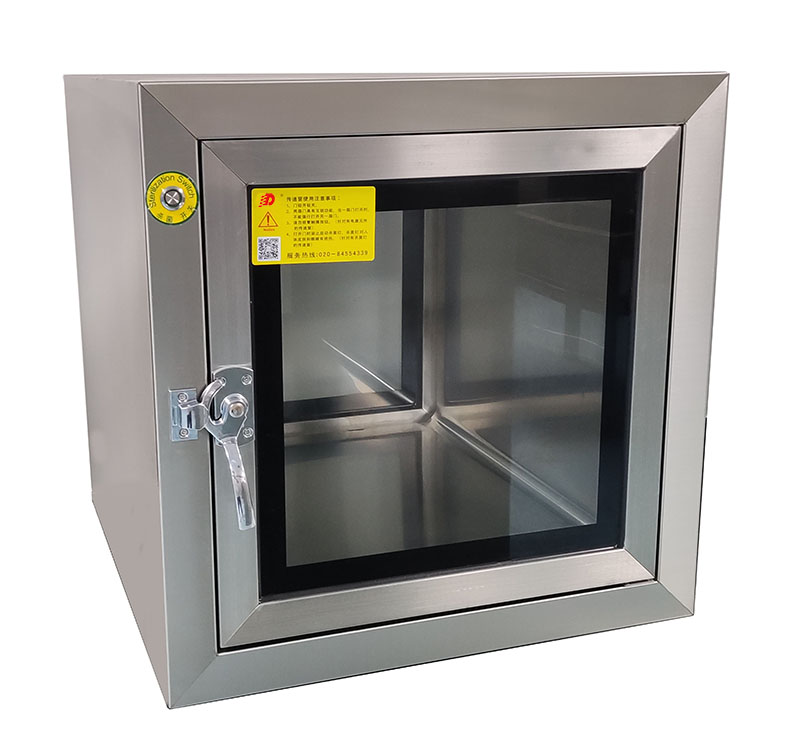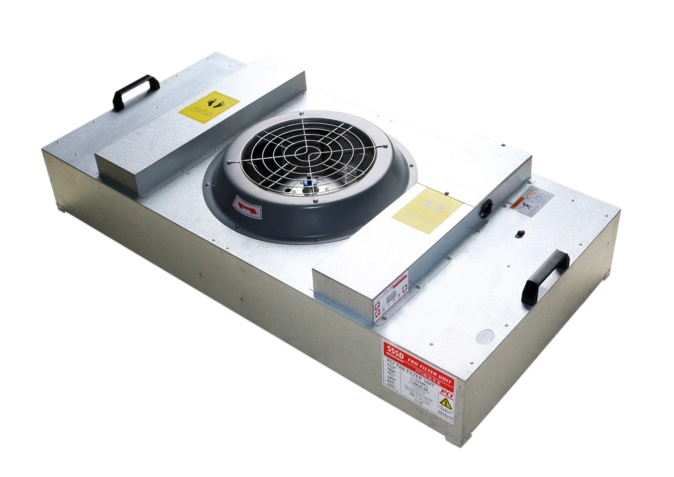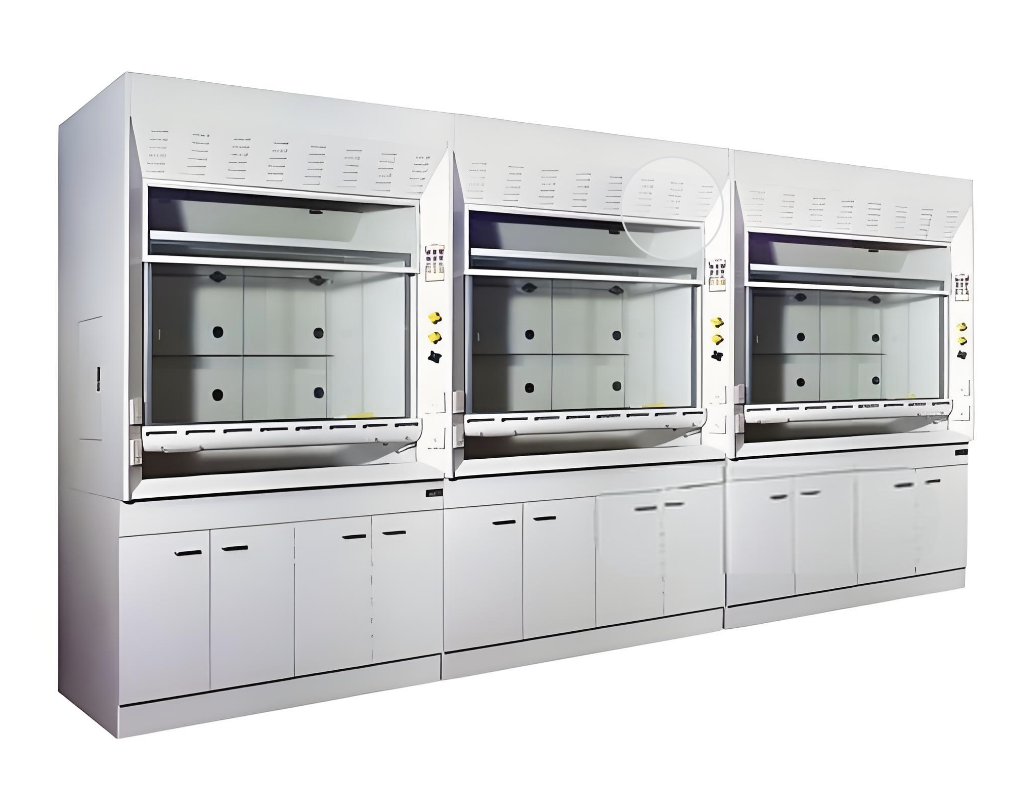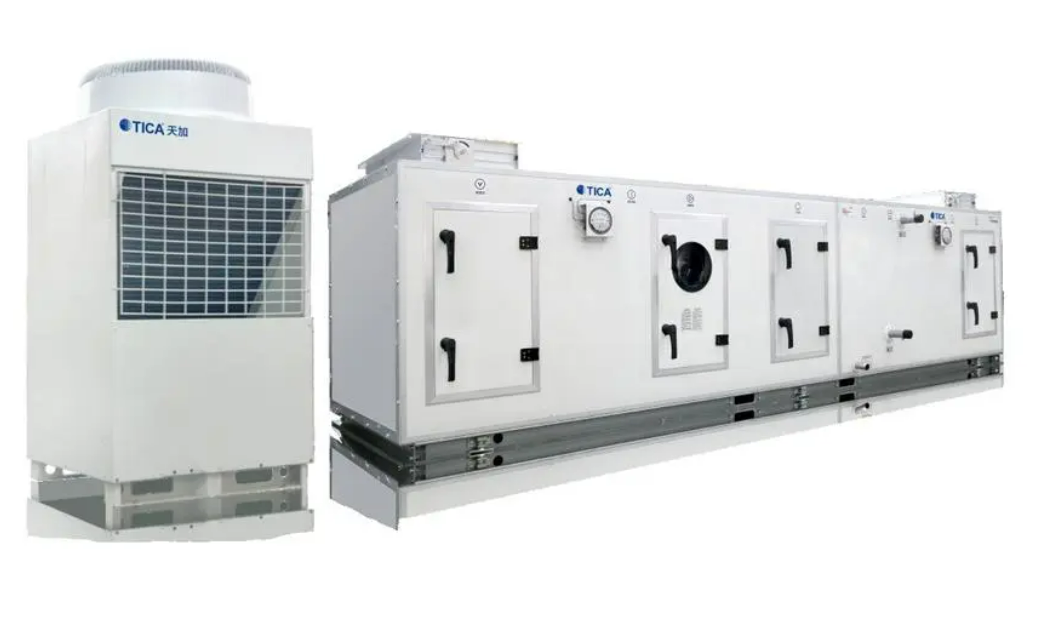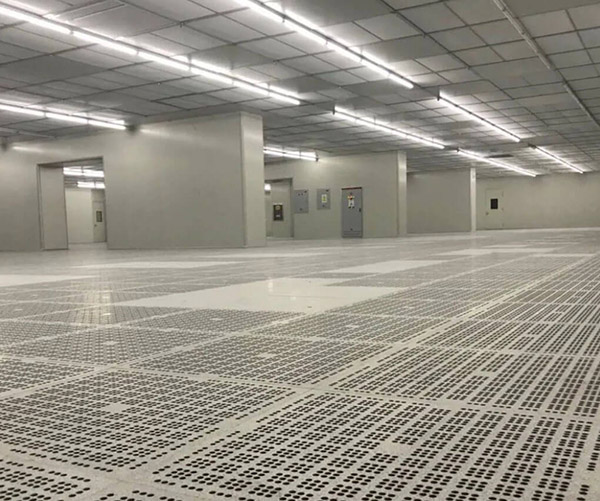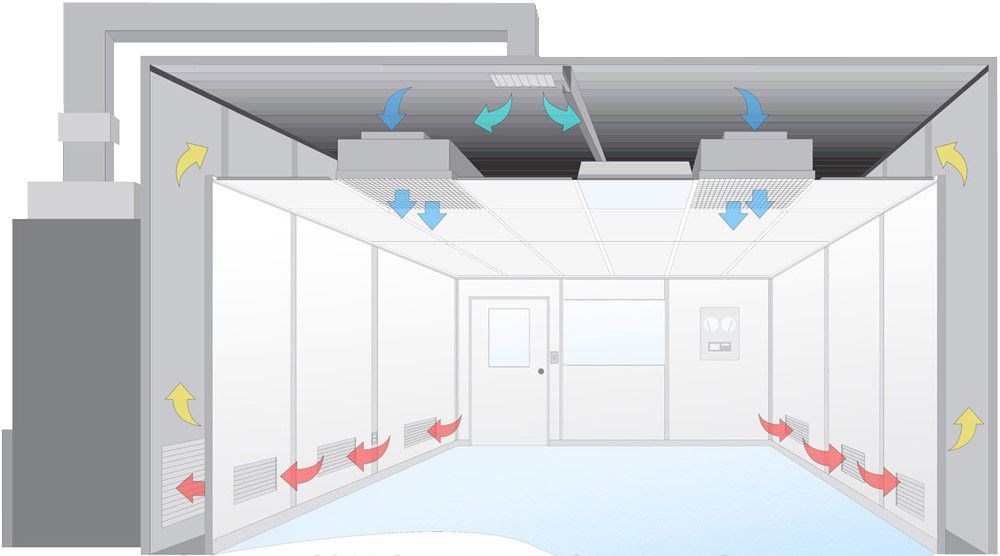High-Efficiency Air Particulate Filter Design
Glass Fiber in Air Filters
Glass fiber is widely used in high-efficiency air filters due to its excellent filtration characteristics. Its fine structure allows for effective capture of small particles while maintaining good airflow. Glass fiber filters are resistant to degradation from humidity and temperature fluctuations, making them suitable for various environmental conditions.
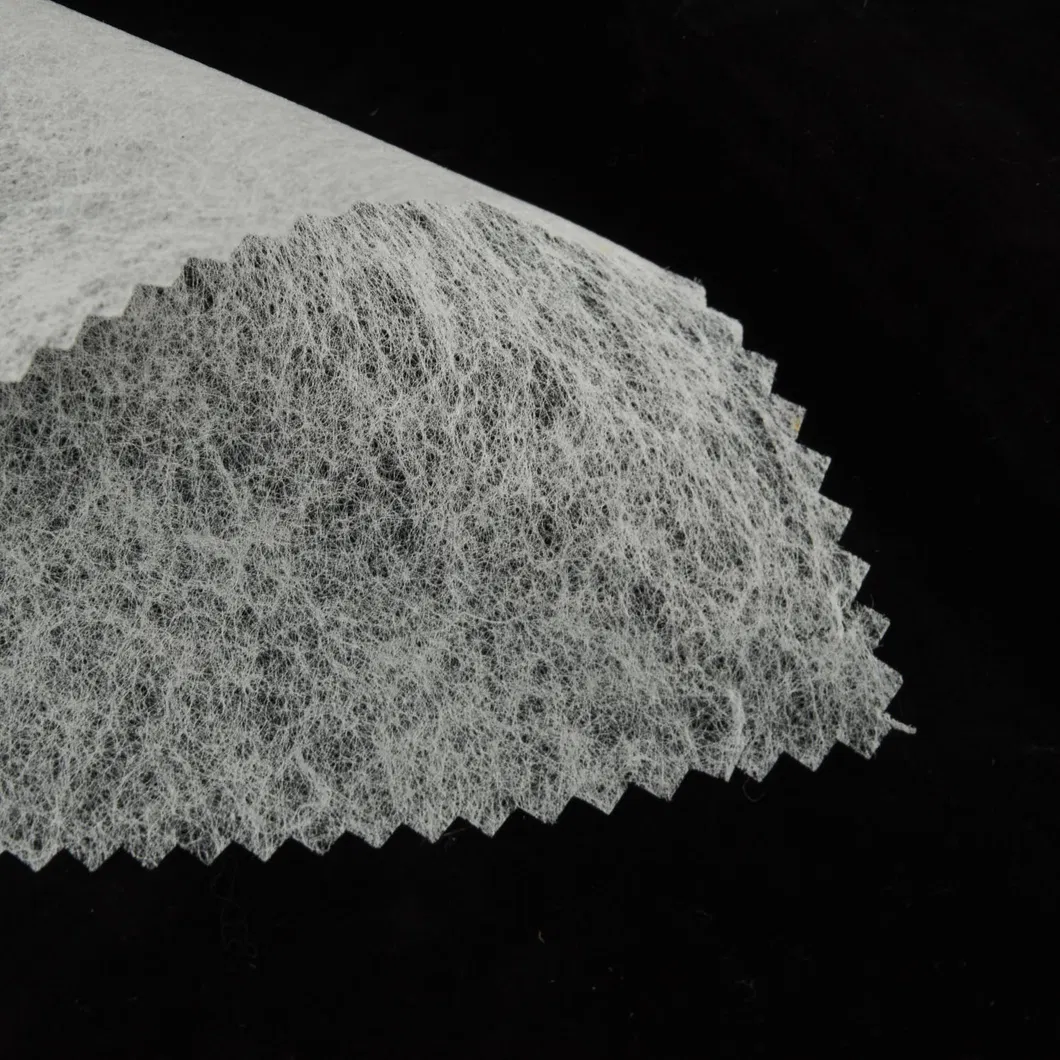
Polypropylene or Polyester
Polypropylene and polyester are popular synthetic materials for filter media, offering a balance of durability, filtration efficiency, and cost-effectiveness. These materials can be engineered to achieve specific filtration properties.
| Property | Description |
|---|---|
| Durability | Resistant to moisture and chemicals, extending the filter's lifespan. |
| Electrostatic Properties | Can be treated to enhance particle attraction. |
| Weight Efficiency | Lightweight, facilitating easy installation. |
| Cost-effectiveness | Typically less expensive than glass fiber options. |
Deiiang Company utilizes these materials in their air filters to achieve high performance while keeping production costs manageable.
Frame and Support Structure Materials
The choice of frame and support structure is crucial to ensuring the filter's integrity and performance. Common materials include:
- Aluminum: Lightweight and corrosion-resistant, offering good support.
- Plastic: Cost-effective and resistant to moisture, though less durable.
- Galvanized Steel: Provides strength and longevity, suitable for heavy-duty applications.
Deiiang opts for aluminum frames for their filters, ensuring a sturdy design that withstands operational stresses while being lightweight for easy handling.
Filter Media Structure Design
The pleated design of filter media increases the surface area available for particle capture, enhancing filtration efficiency. Proper pleating also ensures optimal airflow while minimizing pressure drop.
Depth and Thickness
The depth and thickness of the filter media must be carefully designed for optimal performance.
Depth: Deeper filters can capture more particles and have longer life.
Thickness: Thicker media can improve particle retention but may increase airflow resistance.
Optimal Balance: Engineers must strike a balance between depth and thickness to maintain airflow while maximizing filtration efficiency.
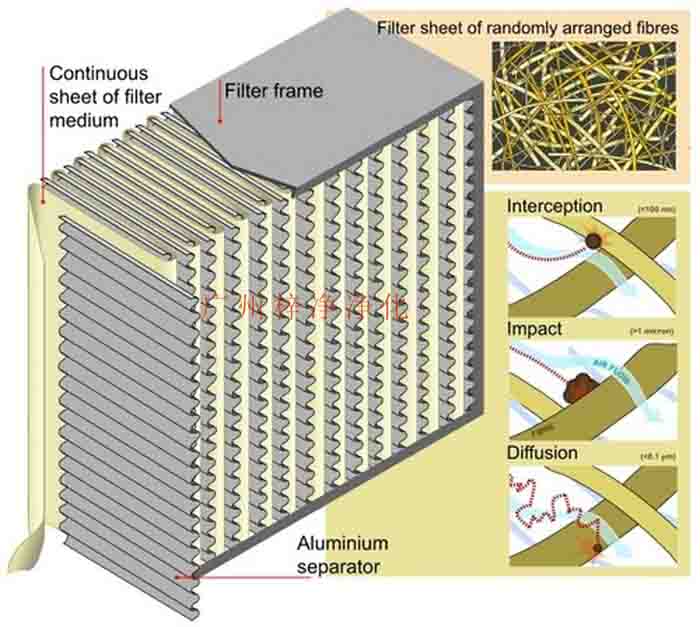
Maximizing the filter surface area is key to capturing a higher volume of particles. This can be achieved through various designs, such as using multiple layers of pleated media or innovative geometric configurations. Deiiang's filters leverage advanced pleating techniques to enhance the effective surface area, ensuring high performance in air quality applications.
Face Velocity and Pressure Drop
Face velocity refers to the speed at which air passes through the filter. It directly impacts both the filtration efficiency and the pressure drop across the filter.
Detailed Analysis
Optimal Face Velocity: Typically ranges from 0.5 to 2.5 m/s, depending on the application.
Pressure Drop Considerations: A higher face velocity can lead to increased pressure drop, which may require more energy for air handling systems.
Balancing Act: Engineers must balance face velocity with acceptable pressure drop levels to ensure energy efficiency.
Deiiang's filters are designed to operate at optimal face velocities to minimize energy consumption while maintaining high filtration efficiency.
Filtration Efficiency
Filtration efficiency measures the filter's ability to capture airborne particles, typically expressed as a percentage.
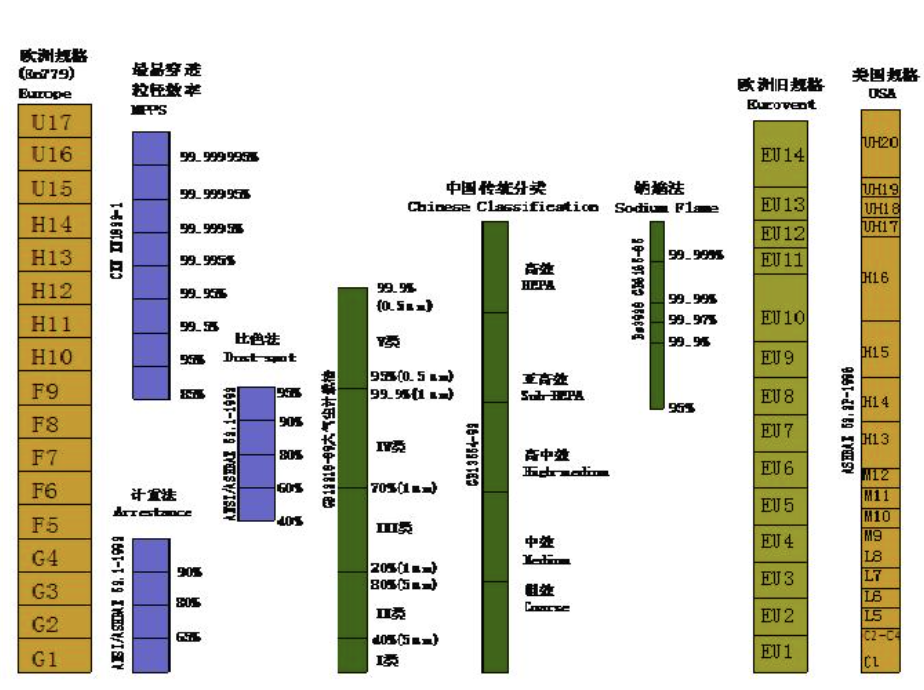
- Performance is often assessed according to ISO 16890 or hepa standards.
- Filters designed to capture PM2.5 particles or smaller are critical for air quality.
- High-efficiency filters (HEPA) offer over 99.97% efficiency for particles above 0.3 microns.
Deiiang's products are rigorously tested to meet or exceed these standards, ensuring superior air quality for industrial and commercial applications.
The importance of filtration efficiency cannot be overstated, as it directly impacts indoor air quality and health. By focusing on high-efficiency designs, Deiiang ensures that their filters not only meet but exceed industry expectations.
Gaskets and Seals
Gaskets and seals play a vital role in ensuring the effectiveness of Air Filters by preventing unfiltered air from bypassing the media.
Material Options
Foam Seals
Lightweight and cost-effective sealing solution.
Rubber Gaskets
Durable and flexible sealing option.
Silicone Seals
High-performance sealing with excellent temperature resistance.
Deiiang uses high-quality silicone seals to enhance the performance and durability of their filters.
Conclusion
The design of high-efficiency air particulate filter involves many aspects, from material selection to structural design to perfect sealing, each link is crucial. Deiiang Company constantly pursues excellence in these aspects, and through innovation and optimization, provides high-quality filtration solutions to meet the diverse needs of customers. With the continuous advancement of technology, future filters will be more intelligent and efficient, further improving air quality and protecting human health.
 +86 18186671616
+86 18186671616 Jason@cleanroomequips.com
Jason@cleanroomequips.com
 MENU
MENU

